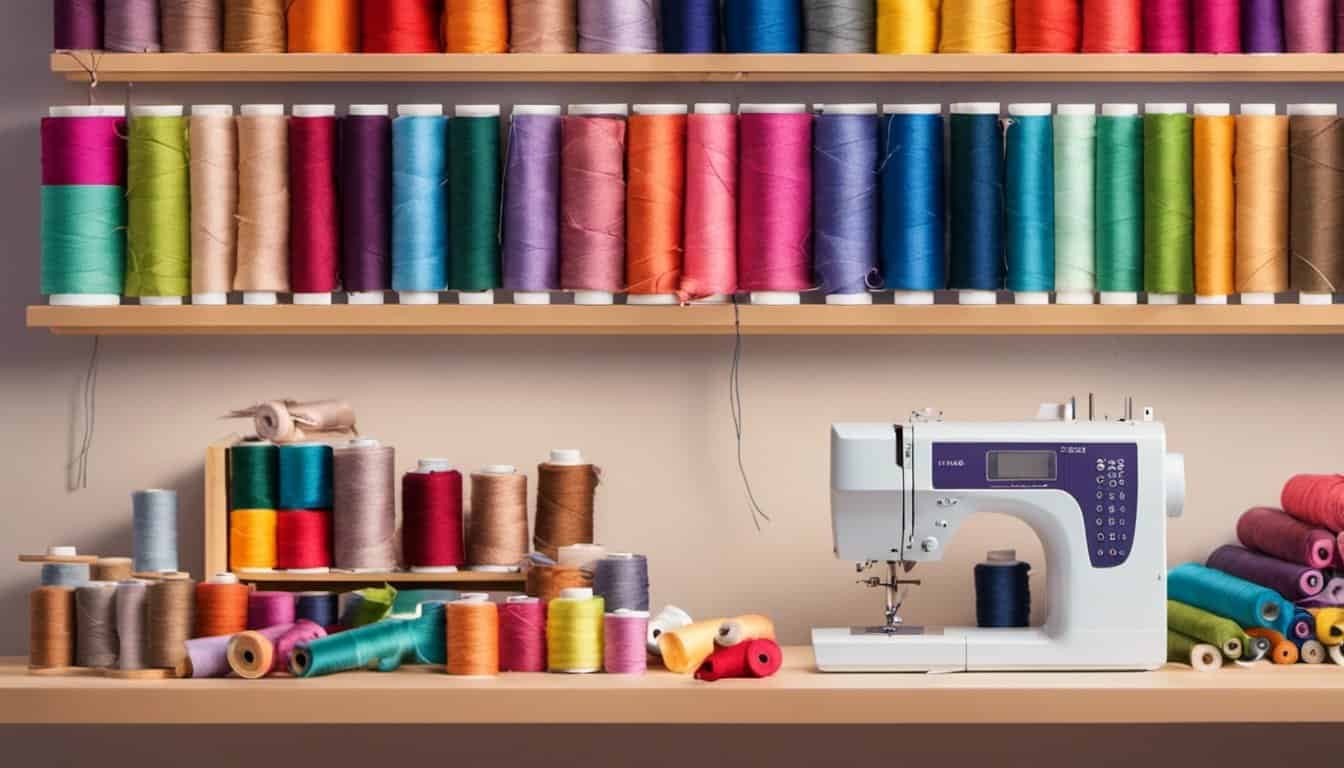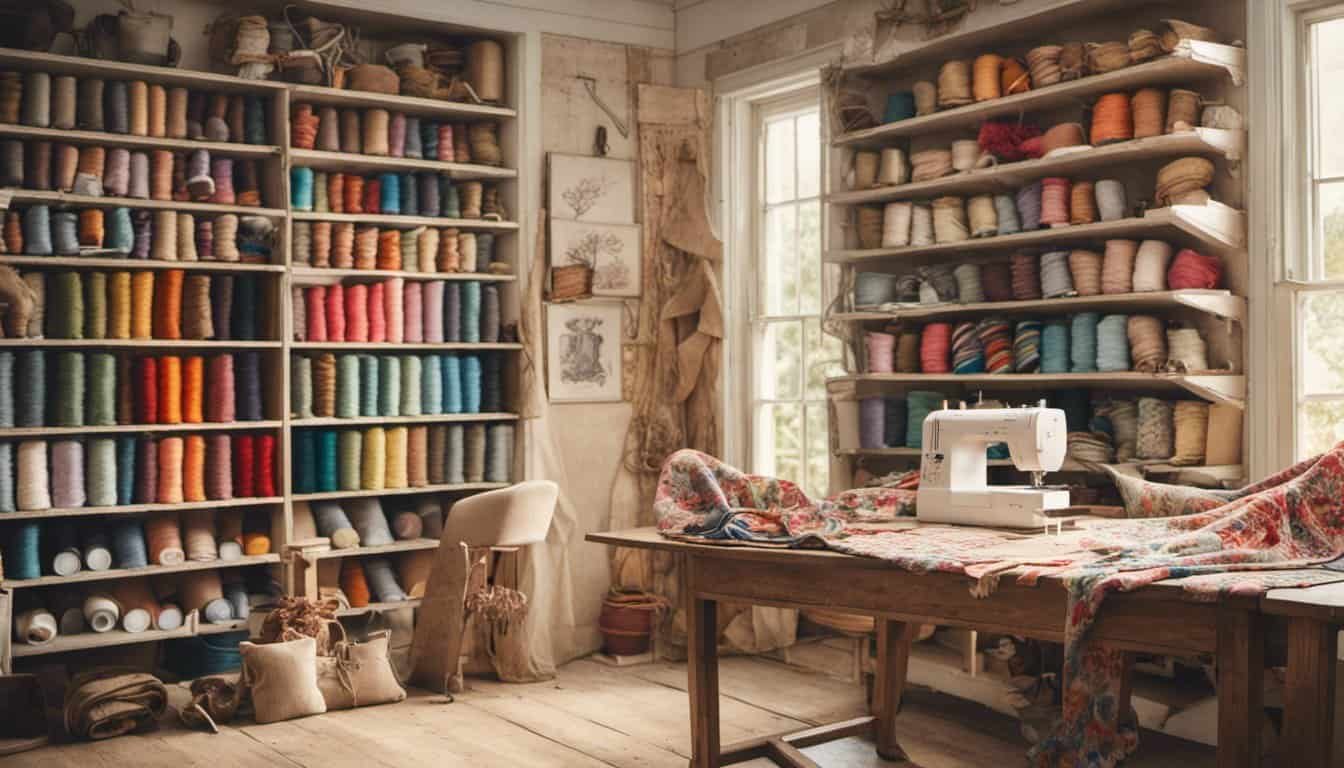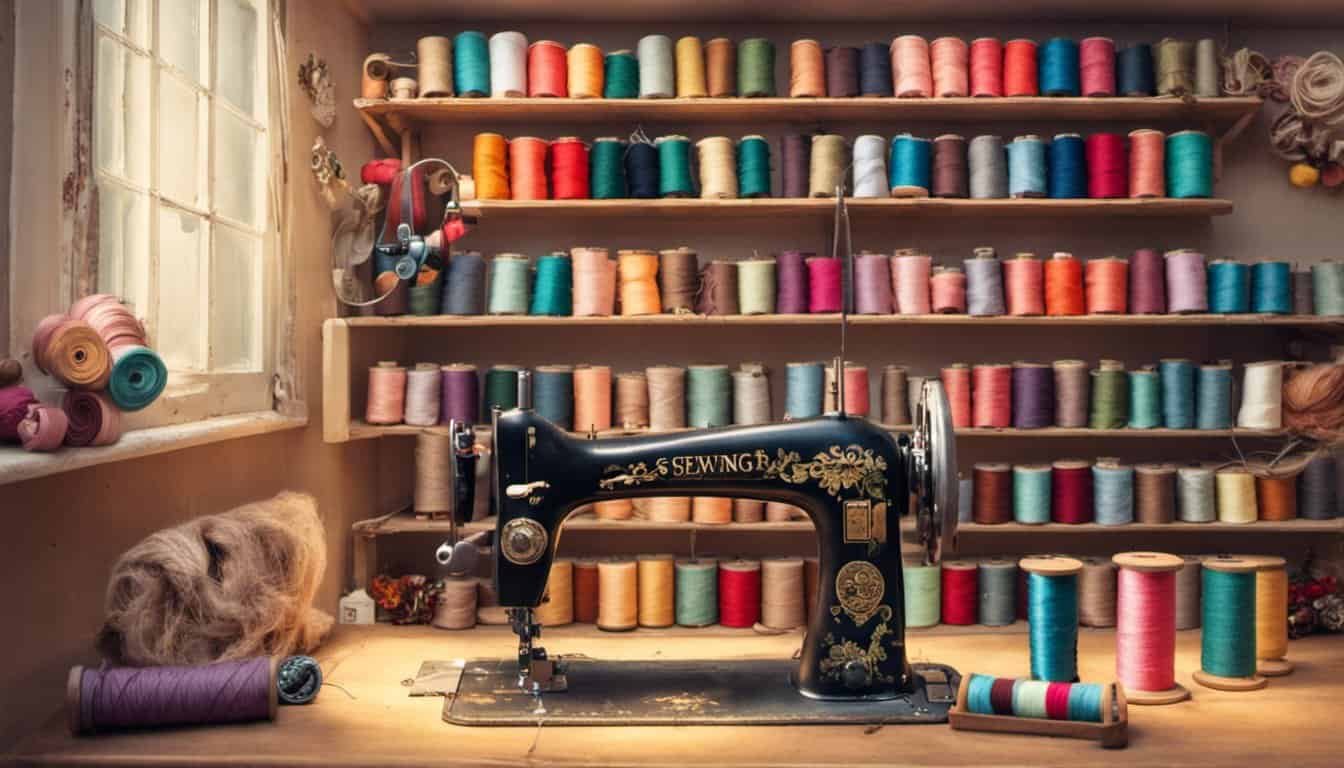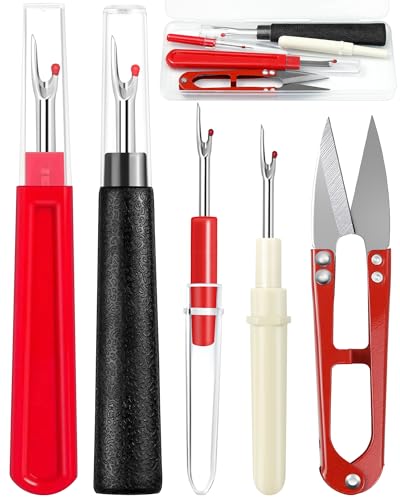Are you ready to dive into the world of quilting? One of the most important factors to consider when starting a quilting project is choosing the right sewing machine needle. The size of the needle can greatly impact the quality and success of your quilting stitches. In this article, we’ll explore the different sizes of sewing machine needles that are ideal for quilting. Whether you’re a beginner or an experienced quilter, understanding needle sizes is essential for achieving professional-looking results. So let’s get started and find out which needle size is best for your quilting needs!
When it comes to quilting, selecting the correct needle size can make a world of difference. The needle size determines the size of the hole it creates in the fabric and affects how smoothly the needle moves through the layers. Using the wrong size needle can result in skipped stitches, puckering, or even damage to your fabric. In this article, we’ll guide you through the various needle sizes suitable for quilting, ensuring that you choose the perfect needle for your project. Whether you’re working with delicate fabrics or heavy materials, we’ve got you covered with our expert advice.
Understanding Sewing Machine Needles
When it comes to quilting, selecting the right sewing machine needle is key to achieving professional-looking results. Let’s delve into the world of sewing machine needles, so you can understand what to look for when choosing the perfect needle size for your quilting projects.
1. Needle Sizes
Sewing machine needles come in various sizes, usually indicated by a number. The most common needle sizes for quilting range from 75/11 to 90/14. The first number represents the European measurement system, while the second number corresponds to the American sizing system. For example, a 75/11 needle is equivalent to a size 11 in the US.
2. Thin Fabrics
For lightweight or delicate quilting fabrics like silk or chiffon, opt for smaller needle sizes in the range of 75/11 or 80/12. These smaller needles help prevent fabric damage and create neat stitches without leaving visible holes.
3. Medium-weight Fabrics
If you’re working with medium-weight fabrics like cotton or linen, choose needle sizes between 80/12 and 90/14. These sizes provide sufficient strength to handle thicker layers while ensuring smooth stitching. You’ll be able to tackle your quilting projects without worrying about skipped stitches or needle breakage.
4. Thick Fabrics
When quilting with heavy or textured fabrics such as denim or upholstery material, a larger needle will be your best bet. Opt for sizes 90/14 or even 100/16 to ensure your needle can penetrate through the layers without difficulty.
5. Needle Type
In addition to size, consider the type of needle as well. For quilting, a universal or quilting needle will work well in most situations. These needles have a slightly rounded point, which helps prevent snagging or damaging the fabric.
The Importance of Needle Size in Quilting
When it comes to quilting, selecting the right size sewing machine needle can make all the difference in achieving professional-looking results. Quilting involves stitching together layers of fabric, batting, and backing, requiring a needle that can easily penetrate through these materials without causing any damage.

Here’s why needle size matters in quilting:
1. Stitch Formation: The size of the needle affects how your stitches are formed. Using a needle that is too small or too large for the thickness of your fabric can result in skipped stitches or uneven tension, compromising the quality and durability of your quilt.
2. Fabric Compatibility: Different fabrics have varying thicknesses and densities. Choosing the appropriate needle size ensures that the needle smoothly passes through the fabric without causing any pulls or puckering. For lightweight fabrics like silk or chiffon, opt for a smaller needle size such as 75/11. For heavier or textured fabrics like denim or upholstery, a larger needle size like 90/14 would be more suitable.
3. Quilting Techniques: The needle size also plays a role in the quilting technique you plan to use. For free-motion quilting, where you’re moving the fabric freely under the needle to create intricate patterns, a smaller needle size can provide more maneuverability. On the other hand, if you’re doing dense quilting or working with thick batting, a larger needle size will help penetrate through the layers with ease.
Remember, using the wrong needle size can lead to frustration and subpar results. It’s always a good idea to test your needle on a scrap piece of fabric before starting your project to ensure it’s the right fit.
« Discover the Surprising Benefits and Joy of Sewing: Why Sewing is More Than Just a Hobby
Discover the Surprising Hacks to Fix a Broken Sewing Machine Needle in Seconds »
Expert Tip: If you’re unsure about the best needle size for your quilting project, consider using a universal needle or a specifically designed quilting needle. These needles are versatile and can handle a wide range of projects and fabric types.
By paying attention to needle size in quilting, you’ll have better control over stitch formation, ensure fabric compatibility, and execute your chosen quilting techniques with ease. So, next time you embark on a quilting project, remember to choose the right needle size to achieve the polished and professional finish you desire.
Choosing the Right Needle Size for Quilting Projects
When it comes to quilting, selecting the right needle size is essential for achieving professional-looking results that will impress even the most discerning eye. Whether you’re a seasoned quilter or just starting out, understanding the importance of needle size can make all the difference in the quality of your quilting projects.
Why is needle size important in quilting?
The needle size you choose can greatly impact your quilting experience. It affects stitch formation, fabric compatibility, and even the techniques you can use. Using the wrong size needle can result in issues such as skipped stitches or damaged fabric. That’s why it’s crucial to select the correct needle size for each quilting project.

What needle sizes should you consider?
Needle sizes for quilting typically range from 75/11 to 90/14. Smaller needle sizes, like 75/11 or 80/12, are suitable for lightweight fabrics, such as cotton or satin. They create small, precise stitches without causing damage to delicate materials. On the other hand, larger needle sizes, such as 90/14, are ideal for heavy or textured fabrics like denim or wool. They can easily penetrate thick layers and ensure secure stitching.
Which needle type should you use?
For most quilting situations, a universal or quilting needle is recommended. These needles are specifically designed to handle the demands of quilting projects. They have a slightly rounded point, which allows them to pass through multiple layers of fabric without causing damage. Quilting needles also feature a larger eye, making it easier to thread thicker quilting threads.
Tips for Quilting with Different Needle Sizes
Choosing the right needle size is essential for achieving professional-looking quilting results. As an expert in all things sewing, embroidery, knitting, and crafts, I’m here to help you navigate the world of sewing machine needles for quilting. Let’s dive into some tips for quilting with different needle sizes.

1. Consider the fabric weight: When selecting a needle size for quilting, take into account the weight of the fabric you’ll be working with. Smaller needle sizes, such as 75/11 or 80/12, are ideal for lightweight fabrics like cotton and silk. For heavier fabrics like denim or upholstery material, opt for larger needle sizes like 90/14. Using the right needle size for your fabric will prevent skipped stitches and fabric damage.
2. Match the needle to the thread: The size of the quilting thread can also influence the needle size you choose. If you’re using a thicker thread for quilting, such as a 30 or 40 weight, consider using a larger needle to accommodate the thread thickness. On the other hand, if you’re using a finer thread, like a 50 or 60 weight, a smaller needle will work best. Matching the needle size to the thread will ensure smooth stitching and prevent thread breakage.
3. Experiment with different needle types: While universal and quilting needles are great for most quilting projects, don’t be afraid to experiment with different needle types. There are specialty needles available, such as ballpoint or sharp needles, that can offer better results depending on your fabric or design. For instance, if you’re working with knits or stretchy fabrics, a ballpoint needle can help prevent fabric snags.
4. Test before you quilt: Before starting your quilting project, it’s always a good idea to test the needle and thread combination on scrap fabric. This allows you to see how the stitches form and ensure that the needle isn’t causing any fabric puckering or distortion. Testing before you quilt will give you the confidence to proceed with your project knowing that you have the right needle size and thread combination.
By following these tips, you’ll be able to choose the correct needle size for your quilting projects. Remember, the right needle size can make a world of difference in achieving a polished and professional finish. Happy quilting!

And that’s all without a conclusion.
Conclusion
Now that you understand the importance of choosing the right sewing machine needle for quilting, you can confidently select the perfect size for your projects. Remember, using the wrong needle size can result in issues like skipped stitches or fabric damage, so it’s crucial to get it right.
For lightweight fabrics, opt for smaller needle sizes like 75/11, while heavier or textured fabrics will require larger sizes like 90/14. In most quilting situations, a universal or quilting needle will do the job.
Consider the fabric weight, match the needle to the thread, and don’t be afraid to experiment with different needle types. Testing before quilting is also a great way to ensure you’ve chosen the correct needle size.
By following these tips, you’ll be able to achieve a polished and professional finish in all your quilting projects. So go ahead, grab your sewing machine and start quilting with confidence!















